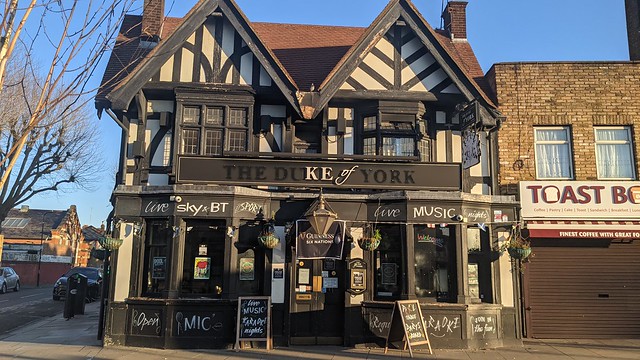skip to main |
skip to sidebar
Are you looking at me?
Thought I'd just publish my recent piece in fLIP, London Independent Photography's magazine.
As I've found with this blog, reflecting on why I do what I do is a rewarding exercise. The standby excuse of any artist, the "I just do it because I have to" position, is perfectly acceptable but, as I've found, a missed opportunity to question and justify my own indulgent behaviour!
Anyway on with the show...
Standing in the shadow of Centre Point I'm facing a dilemma. It's 4.30 on a still July afternoon. Attempt one more pass westbound along Oxford Street into the sun, my friend and adversary. Take the tube to Marble Arch. Risk missing a scene. Restore some energy for the eastbound assault at 5. Head's throbbing, throat's dry, hands sweaty. Last roll of film presses insistently against my heart. Remember. Left breast pocket for fresh, right for spent. Left right, left right. Suddenly I'm off. I exit my cool refuge and immediately sense an opportunity. Pulse slows. I'm physically here. My mind's out-of-body. The curtain on the choreography of the street is about to rise. Cue Sean.
I appreciate this may all be a little melodramatic; the portrayal of the photographer as outsider, a single white male with a starring role in his own remake of Taxi Driver, perhaps with better hair. Nevertheless my approach to photographing on the streets of London is characterised by both a physical and mental immersion in the act of taking a picture.
It all began over twenty years ago with my baptism to the streets of Manhattan.
"Is the bus free? Is the bus free?"
"Kid, the only thing free in New York is the air."
A spiritual home to a kid who idolised 70s TV cop shows and 80s new wave bands, New York City became my real home for a couple of years. More by accident than design, my move was as much about the chance to re-invent myself in the grand tradition of 'making it there' just like Frank Sinatra said. It wasn't easy. As my airport bus driver friend would agree, New York is a helluva town.
Taking photographs became a way of making sense of this Babel. The density of midtown streets, the impulsion to keep moving, "NO LOITERING" signs, lead me to a style of photography that kept me inside the strongest currents of this stream of consciousness. Pre-set aperture, shutter speed, focus. Camera rarely held to my eye, more often away from my body, a two-way mirror that both reflects and absorbs. Not that this technique was without drawbacks. A couple of months after my arrival in the height of summer my camera had enough and expired on the corner of West 34th and 8th. After presenting it to a repair shop for estimate I was admonished on my return and told not to use it on the beach without sufficient care. In fact the salty residue that had seeped into my camera was the sweat from my hand.
Although my technique has essentially changed little since then, the greatest difference has been in my perspective. In New York I rushed to the film processing store every week, clutching my half dozen rolls of Tri-X, eager to see what sliver of the street I'd managed to capture. Invariably I returned disappointed. The images never quite living up to my expectations. Mute, monochrome, motionless, I felt I'd anaesthetised the very things that inspired me. Yet I persevered, always looking for that one, golden shot.
Back in London my frustrations mounted. I felt I'd stacked the odds even higher. At least in New York a constant diet of sunshine fed my fast shutter speed, big depth-of-field habit. A neat grid of streets meant I co-ordinated my wanderings to maximise the light: shadow ratio. An exuberant street culture guaranteed a flow of individuals of all strokes, loud and proud. As I attempted to mine the same vein in my home town I began to wonder what I was doing. My persona as outsider had been legitimate in New York. That didn't seem to ring true any more.
Then I did something I'd never done before. I began to really look at my pictures. Plunging into my contact sheets, old and new, I found images that had lain dormant for ten years or more. It struck me it wasn't about the golden shot any more. It was about recognising the possibility of a picture. It was the act of seizing that moment that was so exciting. Whether I successfully recorded the moment on film was something separate, something with its own life, sometime in the future. You can regard this as a cop-out, a sign of getting old. Perhaps it is but somehow I think I'd rather be a Winston Smith than a Travis Bickle.








No comments:
Post a Comment